Places of interest
WHAT TO VISIT
PLACES OF INTEREST
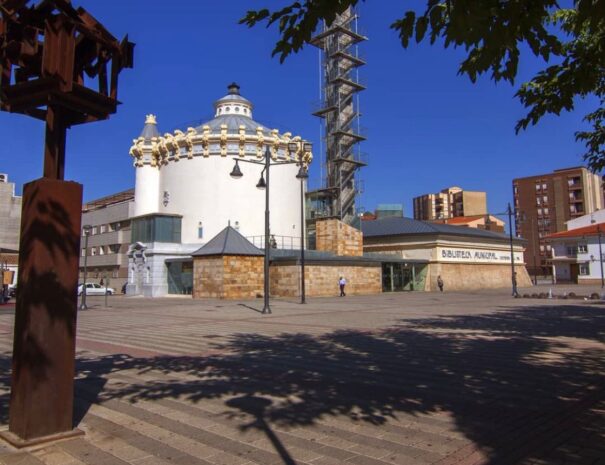
Library "Depósito del sol"
In the building of the Depósitos del Sol, we felt supplied not with water, as in 1921, when these tanks guaranteed the supply to the people of Albacete, but with letters and thoughts.
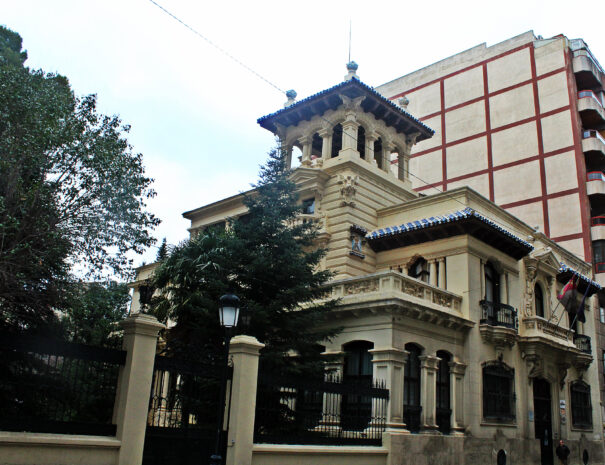
Chalet Fontecha
Formed by the streets Marqués de Molíns and Tesifonte Gallego, where you can see historical and artistic buildings, such as the Chalet Fontecha, they are the most central and busy streets of the city, together with the streets Rosario, Concepción, Mayor, Tinte, Cava, etc. In them, most of the shops are concentrated, where the visitor can make purchases of all kinds and have tapas or eat, in a multitude of terraces.
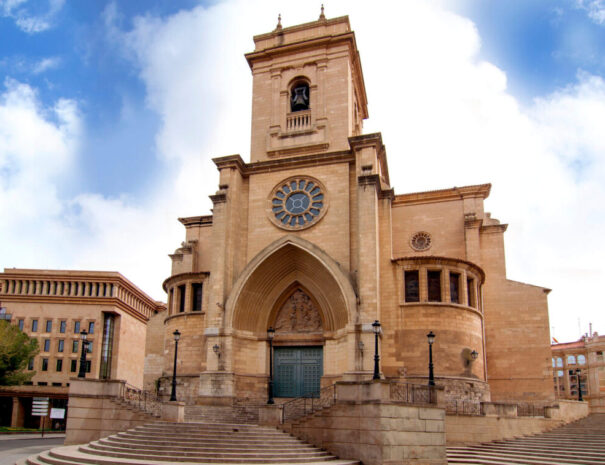
San Juan Bautista Cathedral
Construction began in 1515 over a Mudejar temple, and it was completed in 1959, taking on its current appearance, with an exterior combining Neo-Romanesque and Neo-Gothic styles. Inside, there are three naves ending in an apse, Baroque vaults, and majestic columns that lead to the chapel of the Virgin of Los Llanos (patron saint of the city), which features a Renaissance altarpiece in the apse.
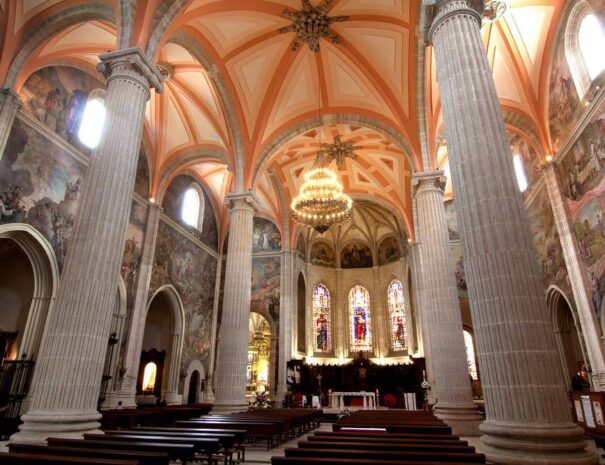
Its large paintings on canvas that cover the interior of the cathedral are particularly noteworthy. In 1958, Casimiro Escribá was commissioned to produce what is still the largest pictorial work by a single artist in the world: a series of oil paintings on primed canvas, with a total surface area of about 1000 square metres.
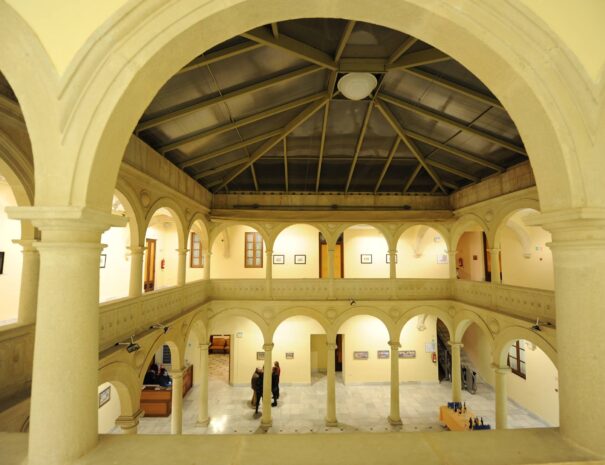
Centro Cultural La Asunción
Former Monastery of the Encarnación from 1532. This building has been carefully restored and has Renaissance and Baroque architecture, with elements such as ribbed vaults and a beautiful cloister. It is now a multifunctional centre that hosts exhibitions, cultural events and educational activities.
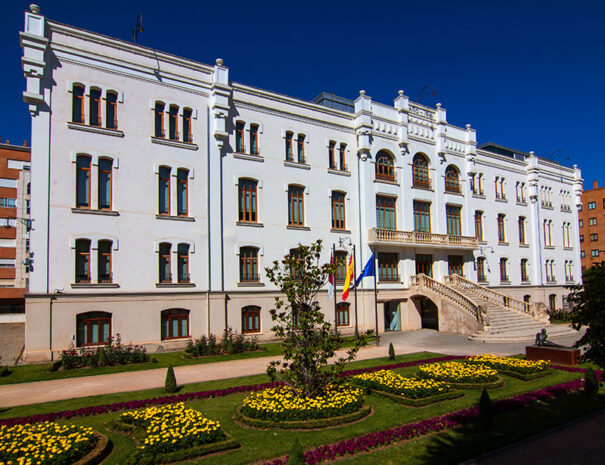
Fábrica de Harinas
The ‘Fontecha y Cano’ flour factory was the mainstay of the city's economy and industrial activity at the beginning of the 20th century XX, es hoy la sede de la Delegación Regional de Hacienda de Albacete; sus usos, administrativos, sociales y culturales. Es la presentación de una ‘fábrica’ que bien podría pasar por palacio modernista.
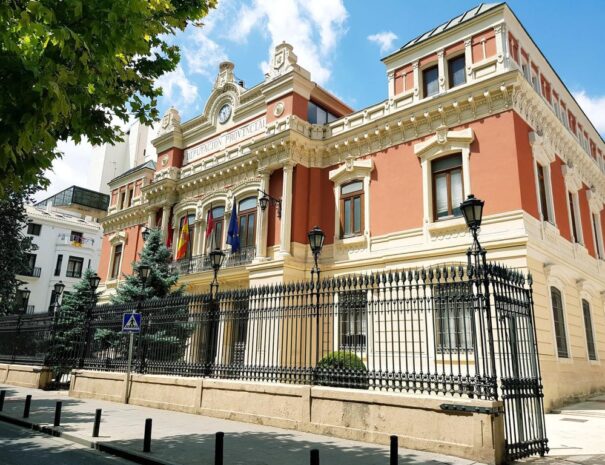
Palacio de la Diputación
The Palacio de la Diputación de Albacete is an important example of Neo-Renaissance architecture, located in the centre of the city, occupying the grounds of the now disappeared convent of San Agustín. It has been the seat of the Provincial Council of Albacete since its inauguration in 1895, playing a central role in the public and cultural administration of the region.
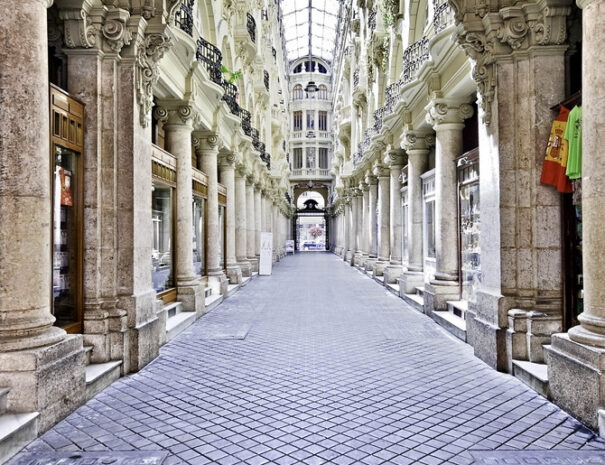
Pasaje de Lodares
A charming passageway of early 20th century Art Nouveau architecture, with French and Italian influences, located in the centre of the city, where light penetrates through a glass skylight with wrought-iron arches that protects the passageway and from which lamps hang like vases. It connects two of the busiest streets in the city. The idea was to conceive a space that would serve as housing for the wealthy class and the creation of shops on the same site, which would be open during the day and closed at night.
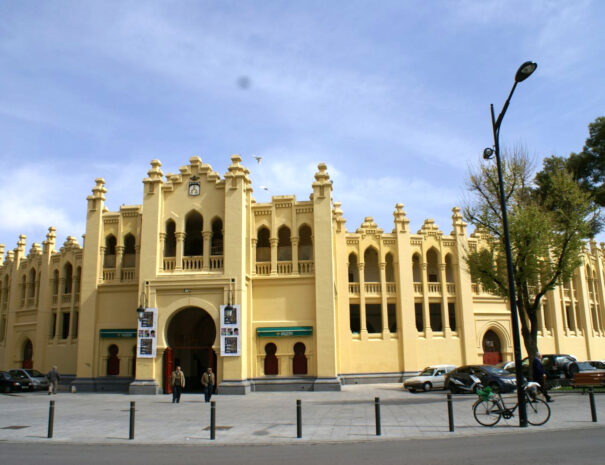
Plaza de toros
Popularly known as ‘La Chata’, described as ‘one of the most excellent in Spain’ in its monumental bullfighting treatise El Cossío, which holds 10,000 spectators at bullfights or at the concerts organised there. To see it is to think of the Monumental de Las Ventas, with a clear Mudejar influence.

Posada del Rosario
The Posada del Rosario is the oldest civil building in the city, it was a primitive entrance to the city, it was located on the outskirts, being the entrance for horses and carriages, its use as an inn dates back to the 18th century. It also houses the University Library, which is a pleasure to study in, with a cloister-like courtyard made up of eight columns and arches, as well as a wooden coffered ceiling and gabled roof tiles.
